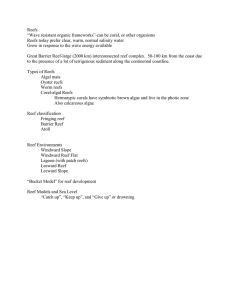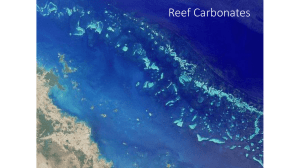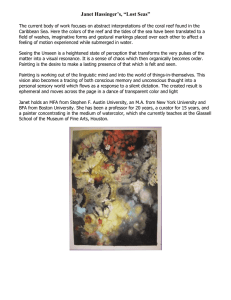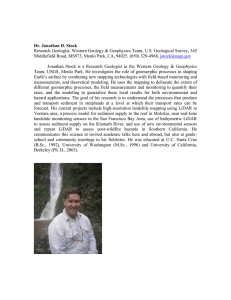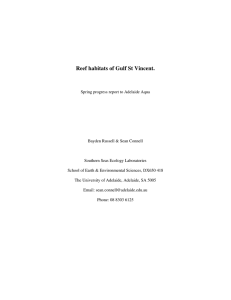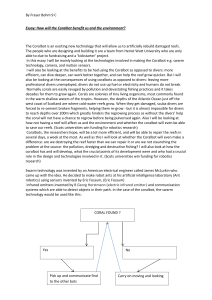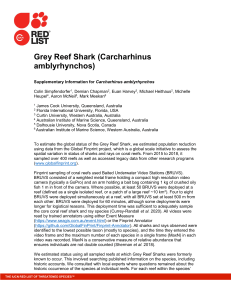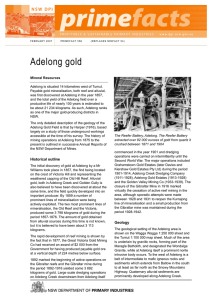The Search for Cloudina Hart ‘17 and Ray Bartolucci ‘17 Adrian Tasistro-
advertisement
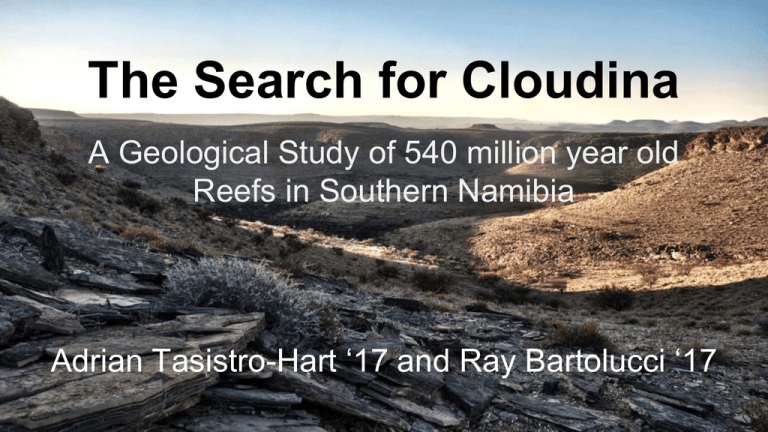
The Search for Cloudina A Geological Study of 540 million year old Reefs in Southern Namibia Adrian Tasistro-Hart ‘17 and Ray Bartolucci ‘17 Department of Geosciences Field Assistants to Graduate Student Akshay Mehra Ediacaran Period (635-541 mya) - After “Snowball Earth”, global Marinoan ice age 635 mya - Before Cambrian “Explosion” => Hosted immediate predecessors to animals and the first biomineralizers, ***Cloudina*** - Locations today: Australia, Namibia Major Questions - How are Cloudina related to the first animals (separate kingdom, or direct ancestors)? - What role did Cloudina play in the ancient offshore/reef environments? - What can we learn from these fossils about ancient climates? Goals 1) Collect samples suitable for 3-dimensional reconstruction of Cloudina 2) Develop understanding of environmental conditions in the paleo-reefs 3) Constrain large- and small-scale morphologies of the reefs, especially in terms of Cloudina distribution within the reefs Field Work - Stratigraphic sections - Drone flights - High resolution aerial imagery Eventually DEM’s of mapped and sampled terrain - Mapping of reef outcrop with GPS grid - Sampling (almost 1600lbs collected) Reef Skills - Formulating, testing, and updating hypotheses in the field - Turning theoretical knowledge into practical application (identifying rocks and interpreting how they formed) - Effective data collection Camping, climbing, and baboon fighting abilities Future Analysis - Isotope analysis - Zircon dating - Stratigraphic sections to map geologic history - Mapped grid of one reef to study reef morphology and composition through time Future Analysis - Computer learning on Digital Elevation Models (DEMs) to compute spatial statistics - Thin-sections of samples - Grinding of samples to create 3D models of Cloudina to study - morphology - growth habits

